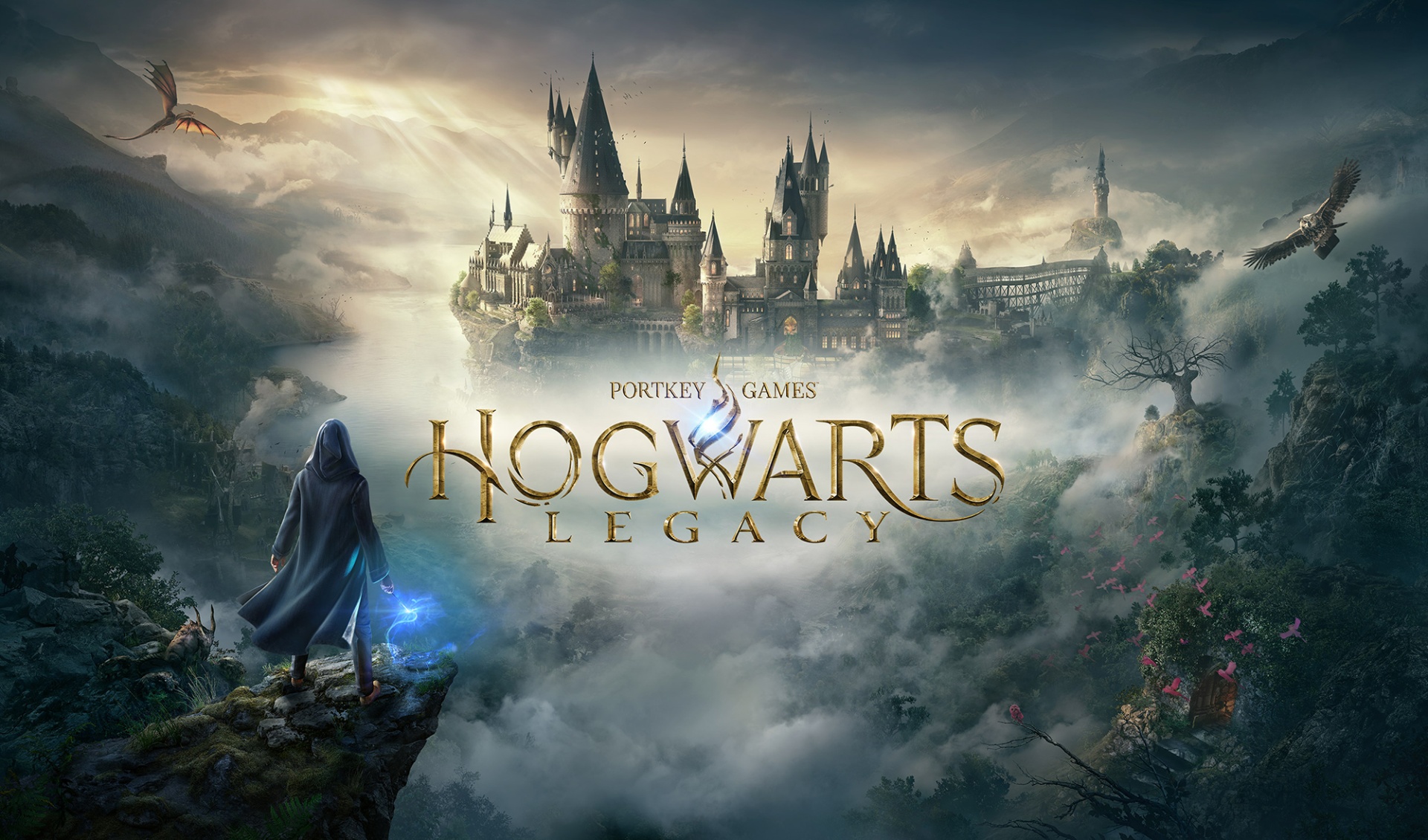In a recent discussion, Wccftech had the exclusive chance to speak with Alex Heise, Director of Business Development at Virtuos North America, and Eoin O'Grady, Technical Director at Black Shamrock. They dove deep into the highly anticipated Nintendo Switch 2 and its power. During the chat, O'Grady expressed his confidence that titles running at 60 frames per second (FPS) on the Xbox Series S should seamlessly transition to the Switch 2. Virtuos, known for their impressive roster of recent ports, has brought games like Dark Souls Remastered, Hogwarts Legacy, and The Elder Scrolls IV: Oblivion Remastered to life on various platforms.
When it comes to the performance comparison between the Switch 2 and its rivals, do you believe it's more aligned with the Xbox Series S rather than the PlayStation 4? This could simplify the process for developers wanting to bring their current-gen titles to this new hardware.
Eoin: From a graphics perspective, the Switch 2 does fall slightly short of the Series S, with this gap being most noticeable during handheld gameplay. Still, one major advantage for the Switch 2 is its support for technologies like DLSS, which the Series S lacks. Overall, this means that their GPU capabilities are comparable in many respects.
However, when we look at the CPU power, the distinctions become clearer. The Switch 2's processor is somewhat more advanced than that of the PlayStation 4. As most games tend to be more GPU-centric than CPU-centric when optimized properly, the influence of this difference varies depending on the game and its intended frame rate. Any title designed to run at 60 FPS on the Series S should port with ease to the Switch 2. Additionally, games that operate at 30 FPS and are primarily GPU-driven should also transfer smoothly. On the other hand, titles involving sophisticated physics, intricate animations, or other heavy CPU tasks might encounter hurdles in achieving 30 or 60 FPS, necessitating further optimization during the porting process.
